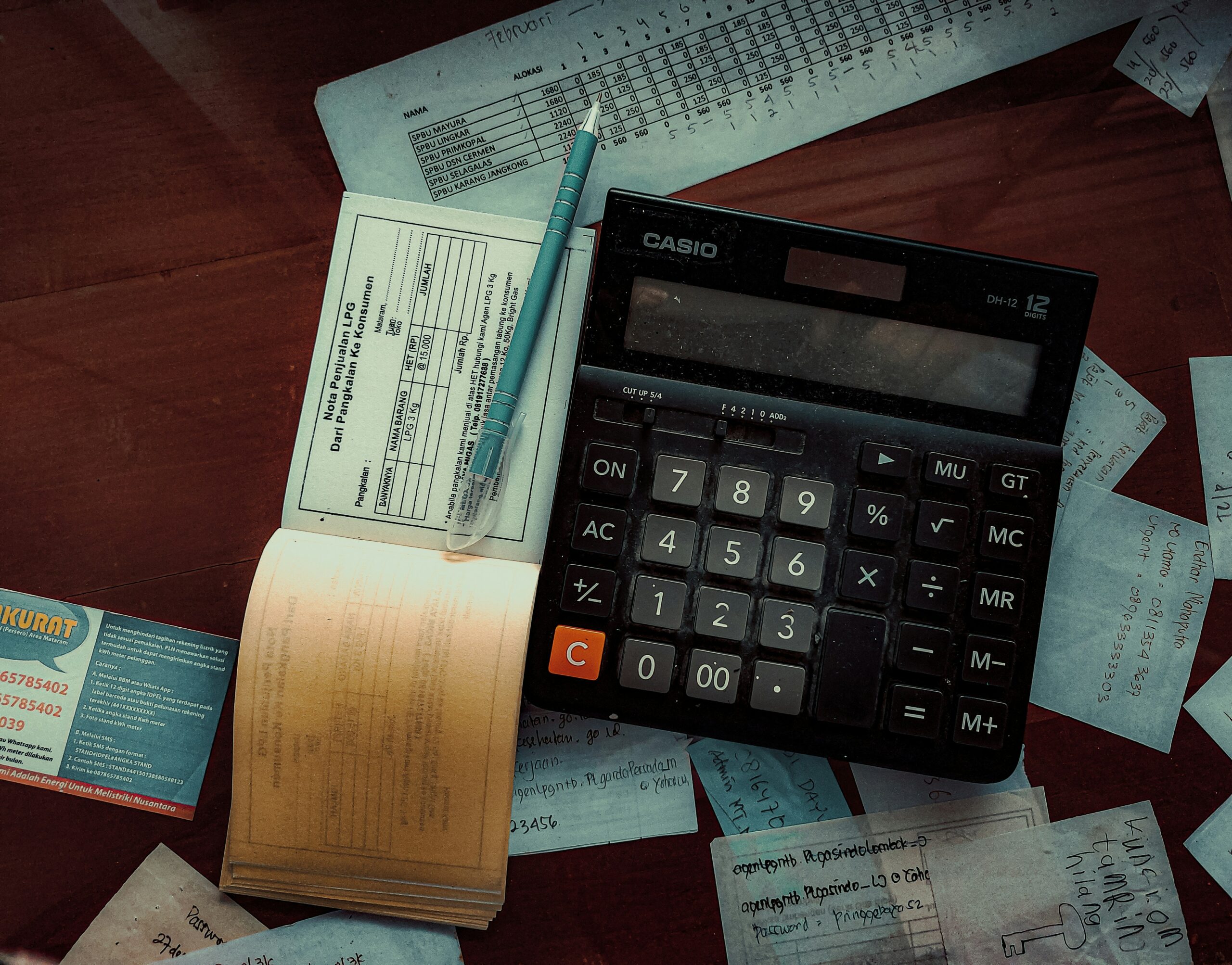
Efficient resource distribution is a key driver of business success, enabling organizations to achieve maximum profitability with minimal waste. Whether it’s labor, materials, or capital, how resources are allocated directly impacts a company’s performance and ability to remain competitive. Cost accounting is crucial in optimizing this process by offering deep insights into the costs associated with various operations, projects, and departments. This article explores how businesses can leverage cost accounting to improve resource distribution and efficiency.
How Cost Accounting Helps Understand Resource Usage
At its core, cost accounting is the process of tracking, recording, and analyzing the costs associated with producing goods and services. By breaking down expenses into categories like direct, indirect, fixed, and variable costs, cost accounting gives organizations a detailed view of where money is being spent. This level of detail allows companies to track how resources are utilized and assess whether they are used efficiently or wasted.
Reveals inefficiencies, such as departments or processes consuming more resources than necessary, that may not be immediately obvious. For example, a company might discover that a particular team consistently exceeds its budget due to unnecessary overhead costs. By identifying these issues, businesses can adjust and redistribute resources to where they can have the most significant impact. Cost accounting helps ensure that resources are spent wisely, improving the company’s overall efficiency and profitability.
Resource Allocation Based on Activity and Profitability
One of the primary benefits of cost accounting is its ability to help businesses assess the profitability of different activities, products, or services. Understanding the actual cost of delivering a product or service allows organizations to prioritize resource allocation more effectively. Can show how much it costs to produce each output unit, helping businesses evaluate which activities or products contribute the most to the bottom line.
Businesses can allocate resources toward these areas by identifying high-profit products or services while scaling back on less profitable or underperforming products. For example, if cost accounting reveals that a product line has a high production cost but low margins, resources can be redirected to a more profitable line. This data-driven approach ensures that the business is not wasting resources on areas that do not deliver sufficient returns, optimizing resource distribution for maximum profitability.
Improving Decision-Making with Accurate Cost Data
Effective decision-making requires accurate data, and cost accounting provides insights to inform essential business choices. Whether it’s deciding on a new product launch, adjusting pricing strategies, or expanding into a new market, cost accounting offers reliable data to support these decisions. By evaluating the cost structure of different operations, businesses can better assess the financial viability of potential investments and allocate resources accordingly.
For example, if a company is considering expanding its operations, cost accounting data can help estimate the costs associated with the expansion and whether the expected return on investment justifies the expenditure. This prevents the business from making assumptions based on assumptions and ensures that resources are allocated to initiatives aligning with the company’s financial goals.
Optimizing Operational Efficiency
Operational efficiency is key to achieving profitability, and cost accounting provides businesses with the tools they need to identify areas of inefficiency. Companies can pinpoint areas where resources are underutilized or wasted by analyzing the costs associated with different operational processes—such as manufacturing, logistics, or customer service. For example, cost accounting may reveal that one department has higher labor costs than others, suggesting an opportunity to streamline operations or invest in training to improve productivity.
Cost accounting also highlights areas where technology or automation can be introduced to reduce labor costs and improve efficiency. For instance, if cost accounting shows that a company’s production line is underperforming, it might be time to invest in automation to speed up processes and reduce overhead. These insights allow businesses to make informed decisions about where to allocate resources for process improvements, ultimately boosting overall efficiency.
Streamlining Budgeting and Forecasting
A crucial part of resource allocation is the ability to budget and forecast accurately. Cost accounting provides the foundation for both by offering a clear picture of past costs and trends. With accurate cost data, businesses can create more precise budgets that reflect actual spending and anticipate future needs. This allows for more efficient resource allocation and ensures sufficient funds are available for critical activities without overspending on non-essential areas.
When forecasting, helps businesses project future expenses based on historical data, market conditions, and anticipated cost changes. These forecasts inform resource allocation decisions, ensuring the company’s financial resources are distributed per expected demands. By integrating cost accounting into the budgeting and forecasting process, businesses can allocate resources more accurately, reducing the likelihood of financial shortfalls or overspending.
Supporting Strategic Growth with Resource Insights
Cost accounting is essential for day-to-day operations and for supporting long-term strategic growth. By understanding the cost structures of different parts of the business, organizations can make smarter decisions about where to invest for future growth. Whether expanding into new markets, acquiring new technology, or developing new products, cost accounting ensures that resources are allocated efficiently and that investments will likely yield positive returns.
For example, if a business plans to enter a new market, cost accounting can help assess the initial and ongoing costs associated with the expansion. This includes marketing, distribution, staffing, and regulatory compliance costs. By understanding these expenses, businesses can allocate resources to minimize risk and maximize potential for success.
Tracking Resource Utilization and Adjusting Allocations
Allocating resources is not a one-time process but an ongoing activity that requires continuous monitoring and adjustment. Cost accounting allows businesses to track resource utilization in real-time and adjust as needed. Regularly reviewing cost data helps ensure that resources are used effectively and that any inefficiencies are quickly addressed.